
Ensuring that a load is properly secured is one of the most crucial aspects of truck driving. Whether you’re hauling heavy machinery, loose materials, or everyday freight, improper securement can lead to serious safety risks, damage to goods, and costly legal penalties.
Load securement is not just about following the rules, it’s about protecting your safety, the safety of others on the road, and your livelihood.
Keep reading to explore why load securement is so important, the laws that regulate it, and the best practices every truck driver should follow to keep their freight, and themselves, safe on the road.
Why Load Securement is Important
Proper load securement is essential not only for your safety but also for the safety of other road users and pedestrians.
Unsecured or poorly secured loads can shift, fall, or cause your vehicle to become unstable, leading to dangerous accidents. This risk increases when driving through challenging conditions, such as rough roads, sudden stops, or sharp turns.
By properly securing your freight to prevent movement during transit, you can protect both your cargo and your vehicle from damage. Following securement guidelines also helps drivers avoid costly fines, legal penalties, and potential liability in the event of an accident.
Regulations and Laws About Load Securement
Proper load securement is also essential for every CDL driver to abide by the Federal Motor Carrier Safety Administration (FMCSA) and their specific regulations on cargo securement.
Some key regulations by the FMCSA include:
- Cargo must not shift: The cargo must be secured in a way that prevents it from shifting or falling off during transit.
- Minimum Securement Requirements: Different types of cargo have minimum securement requirements, like the number and type of tie-downs.
- Working Load Limit (WLL): The combined strength of all securement devices (like chains, straps, etc.) must be strong enough to hold the load based on the WLL ratings.
Additionally, some states also have their own specific regulations, such as different inspection requirements or fines for unsecured cargo. If you carry freight across borders, like into Canada or Mexico, it’s important to be aware of international load securement standards.
Best Practices for Load Securement
There are several key methods to ensure your freight is properly secured, all of which help reduce the risk of accidents and cargo damage.
Begin every trip with a thorough inspection of your load, making sure all items are properly secured and that securement devices, such as straps and chains, are free from wear and tear.
Using the right equipment is also crucial, so it helps to choose high-quality tie-downs with adequate strength ratings that match the weight and type of load you’re hauling.
Be sure to distribute the weight of your cargo evenly, placing heavier items at the bottom to minimize the risk of tipping or shifting. Throughout your trip, stop periodically to inspect the load, especially after encountering rough roads or sharp turns, to ensure everything remains secure.
Additionally, always be aware of specific requirements for different types of cargo. For example, heavy machinery requires specific securement methods, while loose materials, like gravel or sand, require tarping.
Common Mistakes to Avoid with Load Securement
While securing your load, it’s important to avoid common mistakes that can lead to unsafe conditions.
One frequent error is overloading your vehicle, which can result in improper securement and handling issues. Always ensure your load is within the truck’s weight limits to maintain stability.
Another mistake is using too few tie-downs or relying on worn-out equipment. Securement devices should be in good condition, and enough straps or chains should be used to safely hold the load in place.
Drivers should also always be vigilant about warning signs, such as loose straps or shifting cargo, and address any issues immediately. Ignoring these signs can lead to accidents or costly fines.
For more trucking industry tips and tricks, be sure to stay up-to-date on our Truck Driver Blog and connect with us on social media.



 Future employers are the most likely people to check your driving record. Any time you apply for a new job, you can put money on the fact that they’re checking your MVR and PSP. If you have too many violations on file, a company with a high CSA score might consider you too risky to bring on because they can’t afford more incidents. At the same time, a company with really low CSA scores might also say no because they want to keep their scores as strong as possible.
Future employers are the most likely people to check your driving record. Any time you apply for a new job, you can put money on the fact that they’re checking your MVR and PSP. If you have too many violations on file, a company with a high CSA score might consider you too risky to bring on because they can’t afford more incidents. At the same time, a company with really low CSA scores might also say no because they want to keep their scores as strong as possible. 

 Some truck drivers love being on an empty highway at night, while others prefer to do their hauling during the daytime. No matter which you prefer, most truck drivers will put in their fair share of night driving at some point in their career.
Some truck drivers love being on an empty highway at night, while others prefer to do their hauling during the daytime. No matter which you prefer, most truck drivers will put in their fair share of night driving at some point in their career. 
 At night, there are fewer people around, and you’re more likely to run into
At night, there are fewer people around, and you’re more likely to run into  Glare can be a big problem for night truck driving. Luckily, a little glass cleaner and elbow grease usually does the trick.
Glare can be a big problem for night truck driving. Luckily, a little glass cleaner and elbow grease usually does the trick. 



 It’s common knowledge that smoking is linked to numerous health problems, including heart disease and of course, cancer. But did you know that
It’s common knowledge that smoking is linked to numerous health problems, including heart disease and of course, cancer. But did you know that 
 “I tell new drivers to sleep at
“I tell new drivers to sleep at 
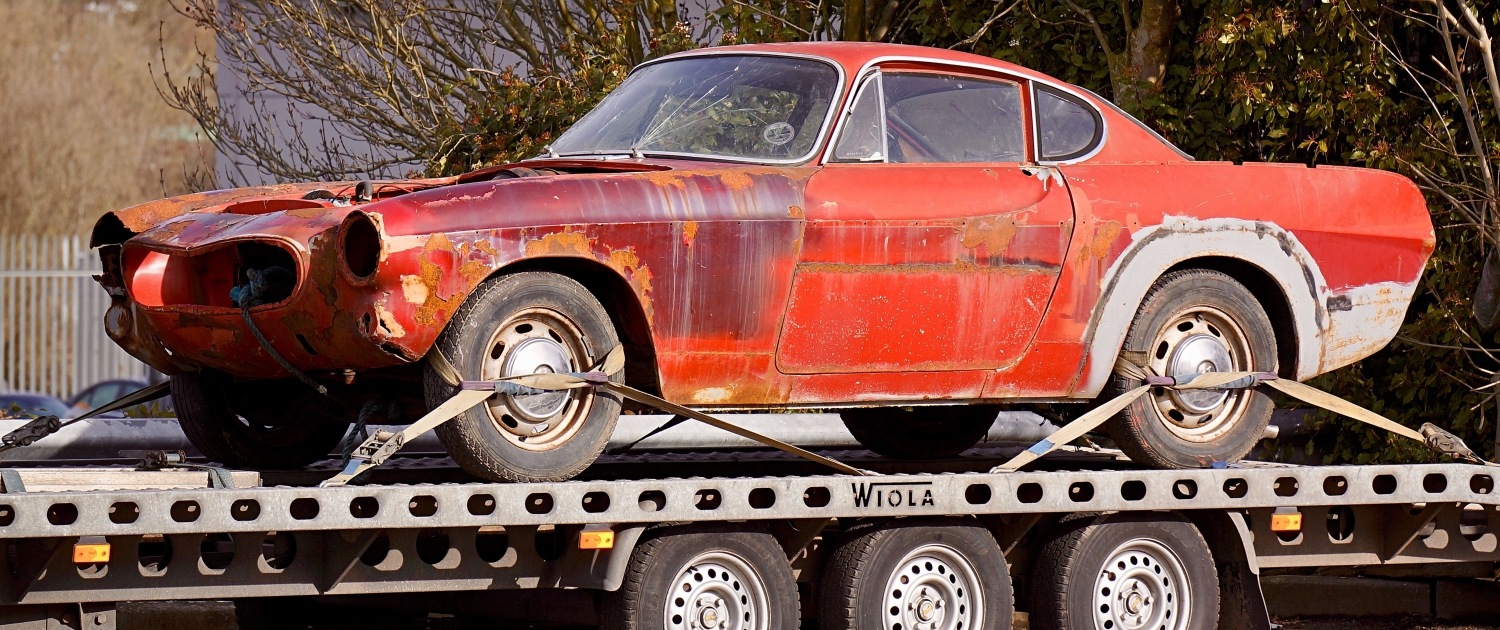
 In addition, when items on a load are secured but extend past the vehicle itself, this also causes a risk to other drivers. In this case, a driver can mark their truck as an
In addition, when items on a load are secured but extend past the vehicle itself, this also causes a risk to other drivers. In this case, a driver can mark their truck as an 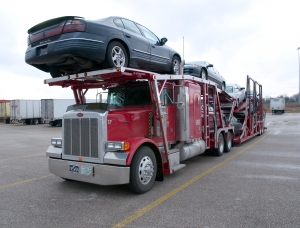 In addition, the FMCSA created requirements for the securement of the following commodities:
In addition, the FMCSA created requirements for the securement of the following commodities:
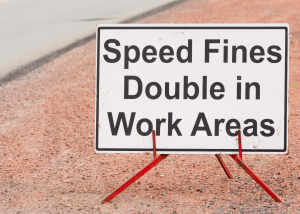 It’s tempting to meet the open roads with an open throttle. Especially when the pressure to meet deadlines is high, a few extra miles per hour might not seem like a problem. But we also know that you
It’s tempting to meet the open roads with an open throttle. Especially when the pressure to meet deadlines is high, a few extra miles per hour might not seem like a problem. But we also know that you 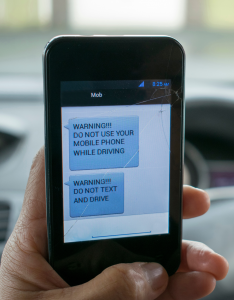
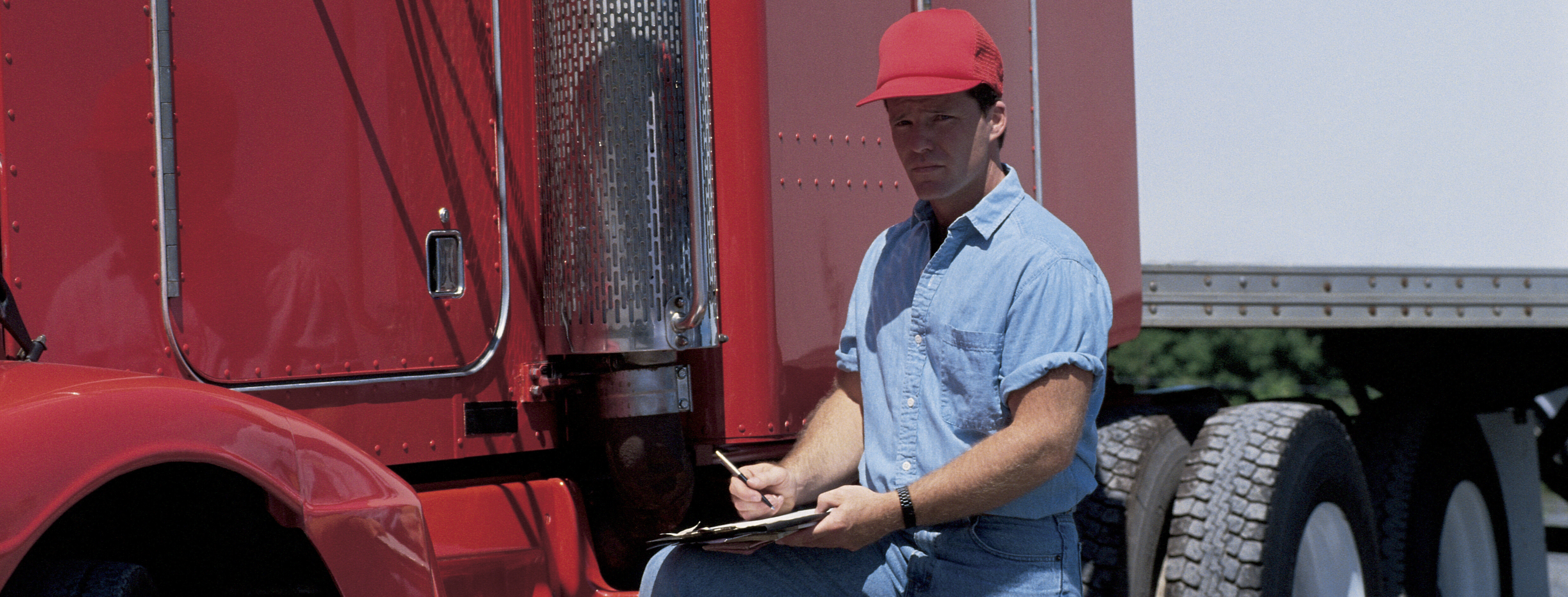
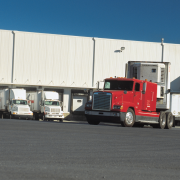
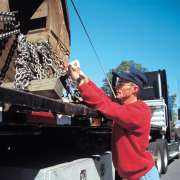





 3. Prioritize health
3. Prioritize health 5. Don’t forget life outside of trucking
5. Don’t forget life outside of trucking
